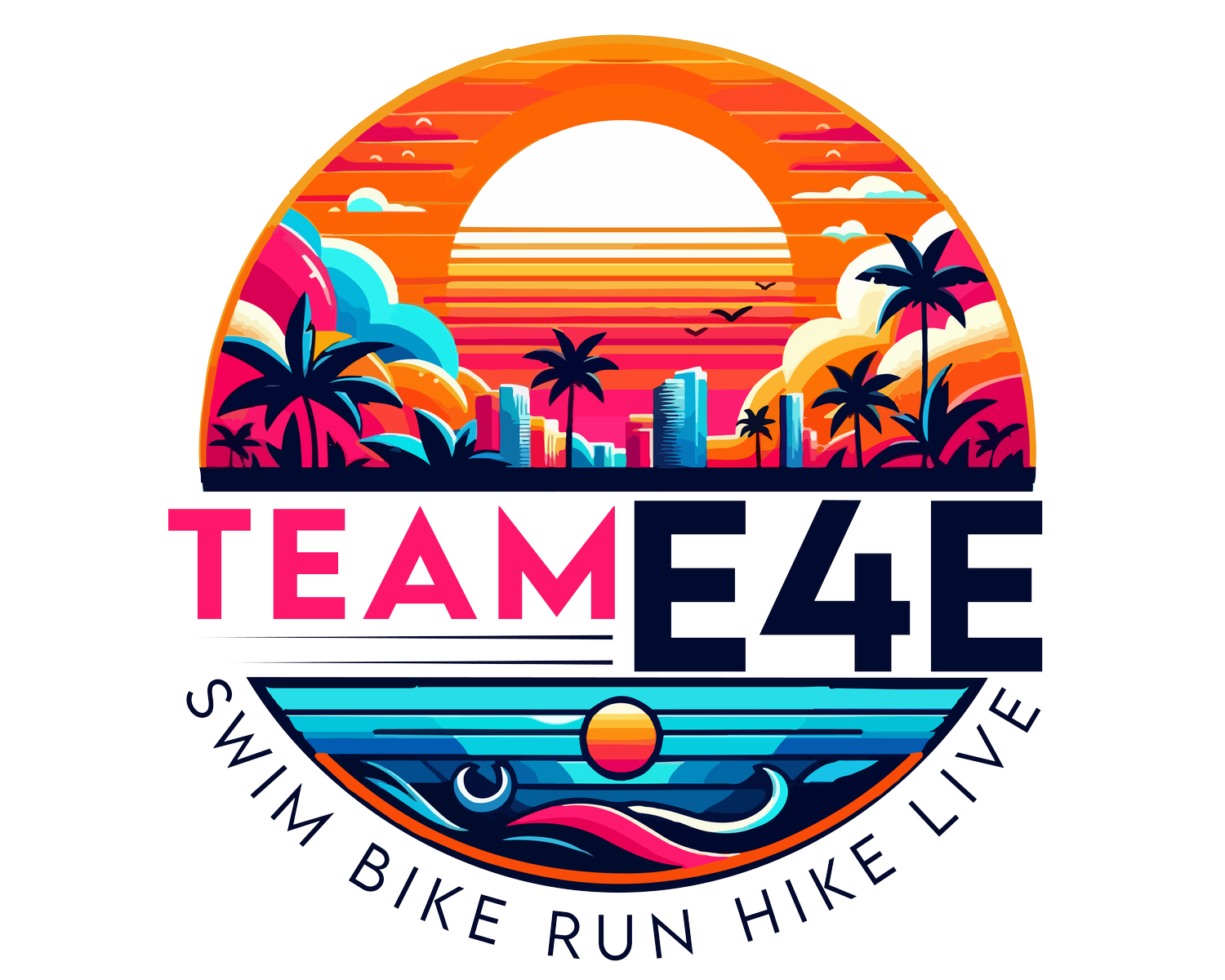Book Review of “Built from Broken” by Scott Hogan
Built from Broken: A Science-Based Guide to Healing Painful Joints, Preventing Injuries, and Rebuilding Your Body" by Scott Hogan is a comprehensive guide that merges scientific research with practical advice, aiming to provide a roadmap for individuals suffering from joint pain and injuries. This book stands out for its in-depth analysis and straightforward approach to a complex subject. Here, I'll delve into a detailed review of the book, highlighting its strengths and weaknesses.
Overview
Scott Hogan's "Built from Broken" is a beacon of hope for those plagued by joint pain and injuries. Drawing on scientific studies and personal experiences, Hogan crafts a narrative that is both informative and relatable. The book is structured to first educate the reader on the underlying causes of joint pain and then transition into practical strategies for healing and prevention.
PRO's
1. Comprehensive and Research-Driven Content: One of the book's strongest aspects is its comprehensive nature. Hogan doesn't just scratch the surface; he dives deep into the science behind joint pain. He extensively discusses topics like cartilage health, the role of inflammation, and the importance of nutrition and lifestyle in joint health. This thoroughness ensures that readers walk away with a holistic understanding of the subject.
2. Practical and Actionable Advice: Hogan excels in translating complex scientific concepts into practical, actionable advice. The book is filled with tips and strategies that readers can implement in their daily lives. From exercise routines to dietary recommendations, the guidance provided is both accessible and feasible for a wide range of individuals.
3. Personal Stories and Relatability: The inclusion of personal anecdotes makes "Built from Broken" particularly relatable. Hogan shares his own journey and the stories of others who have battled joint pain, adding a human element to the scientific discourse. This approach not only makes the book more engaging but also provides real-life examples of how the strategies can be effective.
4. Focus on Prevention: Hogan places significant emphasis on injury prevention, which is a vital aspect often overlooked in similar guides. By educating readers on how to protect their joints and prevent future injuries, the book serves as a proactive tool rather than just a reactive solution to existing problems.
5. Well-Organized and Easy to Follow: The book’s structure is logical and easy to navigate. Hogan methodically builds the reader's understanding, starting with the basics and gradually introducing more complex concepts. This organization ensures that readers of all backgrounds can follow along and absorb the information.
CON's
1. Scientific Density Can Be Overwhelming: While the comprehensive nature of the book is a strength, it can also be a double-edged sword. Some readers might find the detailed scientific explanations overwhelming, especially those without a background in biology or medicine.
2. One-Size-Fits-All Approach: Although the advice is generally practical, there are instances where Hogan's recommendations might come across as too generalized. Joint pain can stem from a myriad of causes, and what works for one individual might not be effective for another.
3. Potential for Information Overload: The book packs a significant amount of information into its pages. For some readers, especially those looking for quick fixes, the depth and breadth of content can be daunting, leading to information overload.
4. Limited Discussion on Alternative Therapies: While Hogan covers a wide range of topics, there's a noticeable lack of discussion on alternative therapies that have gained popularity in managing joint pain, such as acupuncture or holistic medicine. Including these could have provided a more rounded perspective.
5. Necessity for Supplemental Resources: Some of the exercise routines and dietary advice may require readers to seek additional resources or expertise. Not all readers will have immediate access to gyms, specific foods, or nutritional supplements, which could limit the applicability of some recommendations.
Conclusion
Scott Hogan’s "Built from Broken" is an invaluable resource for anyone seeking to understand and address joint pain. Its blend of scientific rigor and practical advice makes it a standout in its field. However, its scientific density and one-size-fits-all approach might not appeal to everyone. Despite these shortcomings, the book undoubtedly serves as a comprehensive guide, empowering readers with the knowledge and tools to improve their joint health and overall well-being.
In conclusion, "Built from Broken" is a testament to Hogan’s expertise and dedication to helping those afflicted with joint pain. It’s a must-read for individuals seeking to take control of their joint health, armed with the knowledge and strategies to rebuild their bodies effectively.
